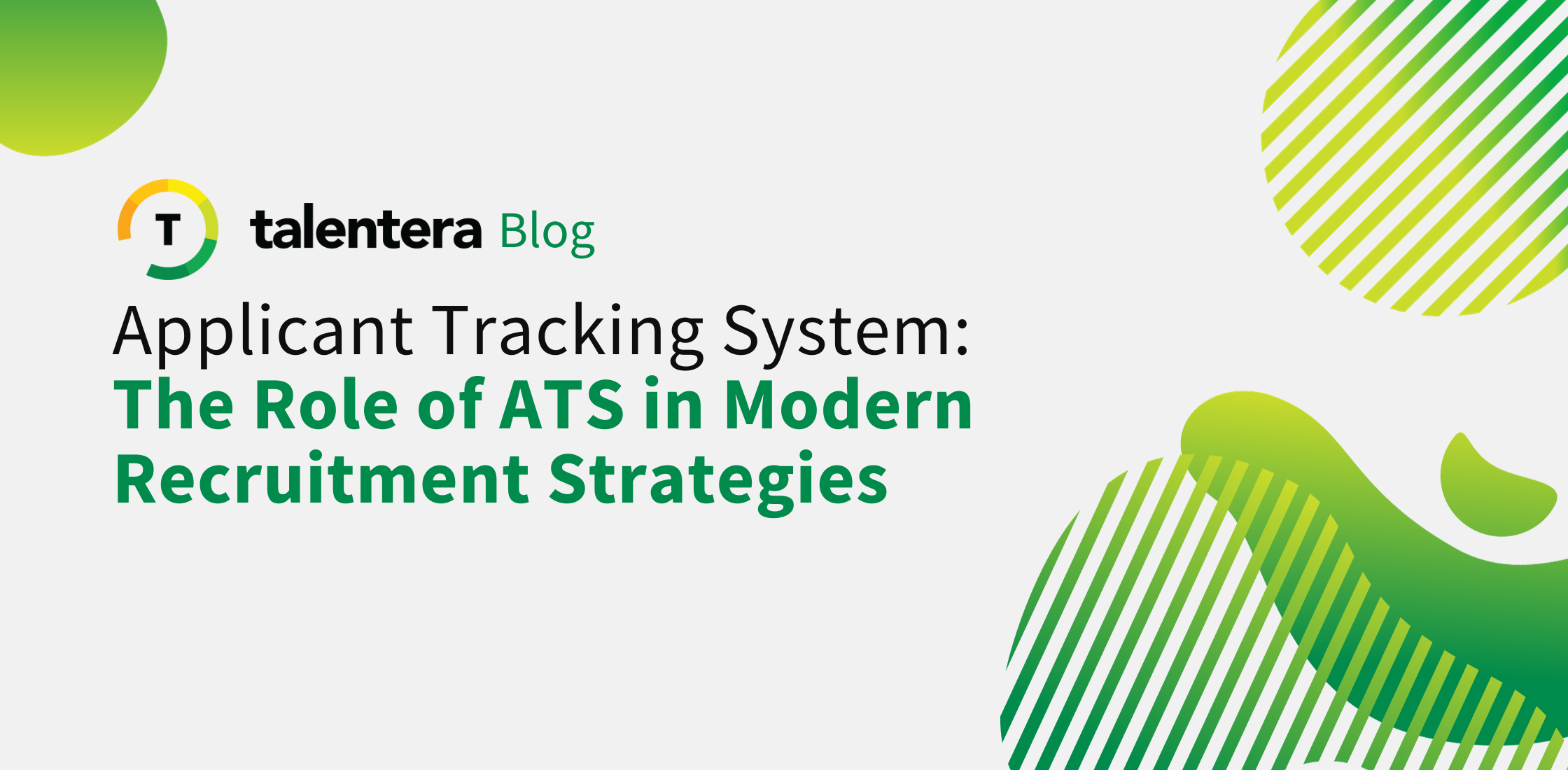How To Hire For Soft Skills With An ATS
Let’s imagine that you’ve lost a file. There are two storage rooms in your office; one has neatly labeled folders stacked in alphabetical order that are organized by date and the other looks a lot like your college dorm room. There’s a mess everywhere, nothing is in any order and the lighting is dim too. Where are you most likely to restrict your search? It’s not unusual for people to want to minimize effort which is why you’re not alone if you spend most your time searching through the good room even though there’s a higher chance of your lost file being there in the black hole next door. This scenario also sums up the leading dilemma that recruiters face. They are looking for candidates with particular soft skills in a system that is highly partial to extracting technical capabilities, simply because it’s convenient.
A LinkedIn Study carried out in Fall 2016 found that out of 291 Hiring Managers across the US, 58% thought that hiring for soft skills was difficult and 59% stated that their inability to hire based on soft skills caused their company to experience a decline in productivity.
Most recruiters use Applicant Tracking Systems (ATS) to post job ads and manage candidates that apply to those vacancies. An ATS increases the relevance of talent that reaches a recruiter’s screen through search filters on desired keywords. Although these keywords are great for matching applicants’ skills against the requirements in the job description, it’s harder to filter out skills like being a ‘team player’ or being ‘detail-oriented’ through an ATS. Nonetheless, these skills are crucial because even the most technical data scientist will have to communicate results to her colleagues and the solitude-loving software architect will have to lead a team. Here are some surefire ways to capture talent with specific soft skills that are critical to the jobs you plan to fill.
1. Create relevant job ads
When creating a job ad through your ATS, make sure you include the soft skills that you’d like the ideal candidate to have. If you’re looking for a customer support rep, you need someone who is patient. If you’re filling the spot for a product manager, you need someone who is detail-oriented. Your requirements will change with the vacancy at hand so make sure you design a relevant job ad accordingly to set the stage from the very start.
2. Use open-ended questions
Once you know what you want, you need to start looking for those attributes as soon as you can. Ask candidates to fill out job-specific questionnaires at the time of application and push it in the earlier stages of applicant evaluation. The best way to do this is to use open-ended questions of two kinds and a sophisticated ATS, like Talentera, allows you the flexibility to do this.
- Situational Questions: After discussing with HR what the job role entails, devise questions that give insight into whether the candidate possesses those traits. For instance, if you’re looking for a competent relationship manager, include something like, “How do you deal with prominent stakeholders and how do you nurture business relationships”.
- Accomplishment-based Questions: One question that many recruiters rely on is asking candidates this: “What has been your greatest achievement and how did you get there?”. Using different ways to ask about a candidate’s work process, approach and mental frameworks based on an accomplishment can be a great way to get a sense of the candidate’s personality strengths (and weaknesses).
3. Include Personality Assessments
You can either prepare customized assessments or you can go with popular psychometric tests like the MBTI or the Disc Assessment to get a sense of the candidates’ personalities before you interview them. Some of the better ATS in the market come integrated with psychometric tests for you to include in the application process. These tests are also automatically scored. You can even assign scores to subjective answers by setting favorable criteria. If you don’t use an ATS, you could email a test link to the candidates which will take time but it will get the job done.
4. Schedule Quick Interviews
Nothing gives you a better sense of a candidate’s personality than non-textual interaction. Although in-person interviews are ideal, you can get a fair idea of a candidate’s communication skills, ability to think on their feet and attention to detail through online interviews. An ATS removes much of the fuss out of interview scheduling by automating the interview slot selection process for both parties, marking those slots to email calendars and giving reminders when the interview time approaches. This saves all the time spent on coordinating over a mutually suitable time, rescheduling and interview no-show.
5. Tag candidates with specific attributes
As much as a recruiter would like to have these in their candidate’s, attributes like “Culture Fit”, “Born Leader”, “Great Orator”,” Street  Smart” etc. are not found on a CV. With a good ATS, recruiters can solve this problem. They can tag candidates with specific attributes after they have been uncovered through assessments or interviews. With these labels, recruiters and line managers can easily enrich a candidate’s CV which makes it easier to organize applications by soft skills and also makes it easier to remember candidates by their strengths. These tags are also very useful in informing the next evaluator about the profile he/she will be assessing. What’s more, these tags are searchable, empowering recruiters to actually search by soft skills. This results in a truly powerful categorization mechanism.
Smart” etc. are not found on a CV. With a good ATS, recruiters can solve this problem. They can tag candidates with specific attributes after they have been uncovered through assessments or interviews. With these labels, recruiters and line managers can easily enrich a candidate’s CV which makes it easier to organize applications by soft skills and also makes it easier to remember candidates by their strengths. These tags are also very useful in informing the next evaluator about the profile he/she will be assessing. What’s more, these tags are searchable, empowering recruiters to actually search by soft skills. This results in a truly powerful categorization mechanism.
6. Automate Reference Checking
There are better ways than solely relying on a candidate’s word to evaluate their soft skills. One of these ways is checking their past record. You can use automated reference checking software like Reflynk to ascertain if the candidate has the right skills for the job.
—–
There’s no denying that this requires effort. In an ideal world, we’d simply have to use our regular keyword filters to find sparkling CVs with all the soft skills that we were looking for. But it’s like hoping to find your lost file in the good room and spending less than 2 minutes looking for it. It never works like that. You can, however, make the full use of your ATS by incorporating these techniques in your application process or demanding that your ATS provider includes other ways of enabling competency-based hiring.
If you’d like to speak to an expert to learn how Talentera can improve you to hire top talent based on soft skills, please get in touch with our ATS experts.










Alina Majeed